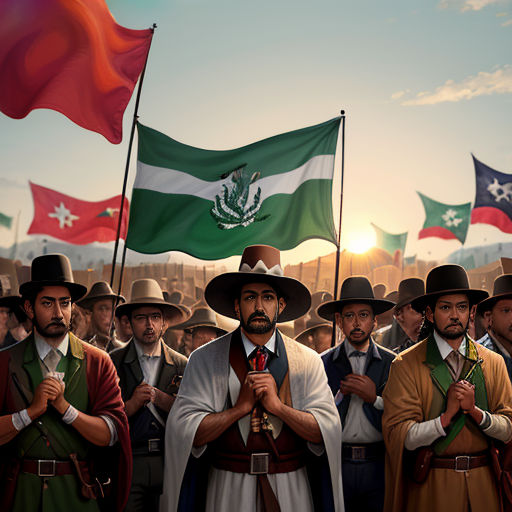
The Birth of Mexico
By Storybird

06 Oct, 2023

The year was 1810, in the heart of New Spain, where the seeds of discontent had sprouted into a full-blown revolution. A common sentiment of indignation against the Spanish Crown was simmering amongst the colonists.

At the center of this revolutionary fervor was a brave man named Miguel Hidalgo. He was a Catholic priest with a burning passion for justice and equality.
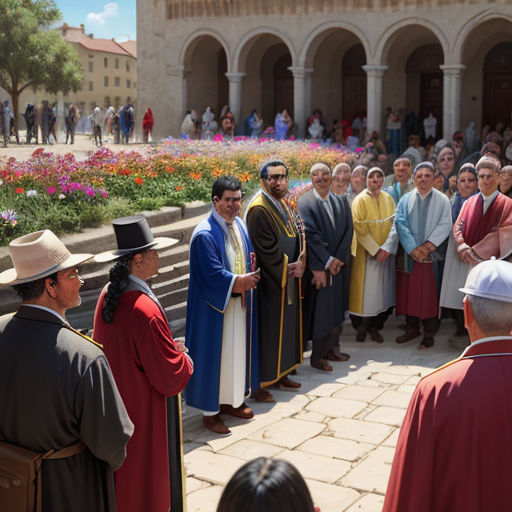
Hidalgo lived in the small town of Dolores, where he served his community faithfully. He was a beloved figure, known for his compassion and fiery sermons.
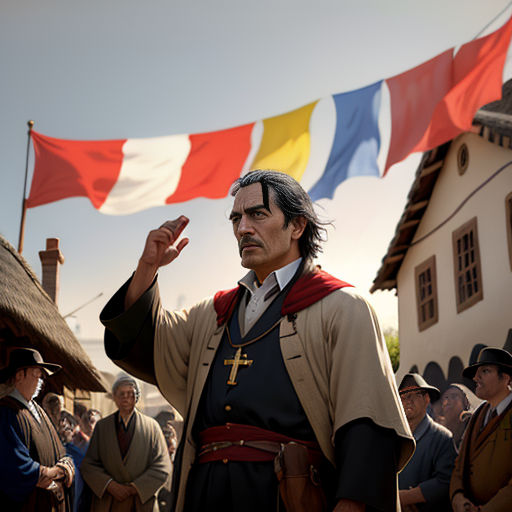
Frustrated by the rampant inequality and exploitation of the native Mexican population, Hidalgo decided to take a stand. He began to quietly rally the locals, urging them to rise against their oppressors.
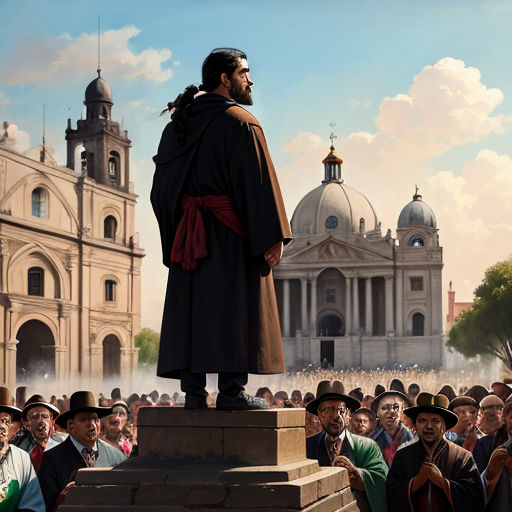
On September 16, 1810, Hidalgo delivered the famous "Grito de Dolores" - a call to arms against the Spanish rule. This marked the start of the Mexican War of Independence.

The cry of independence resonated with the oppressed. It ignited a flame that spread throughout the land, mobilizing thousands of Mexicans against their colonial masters.
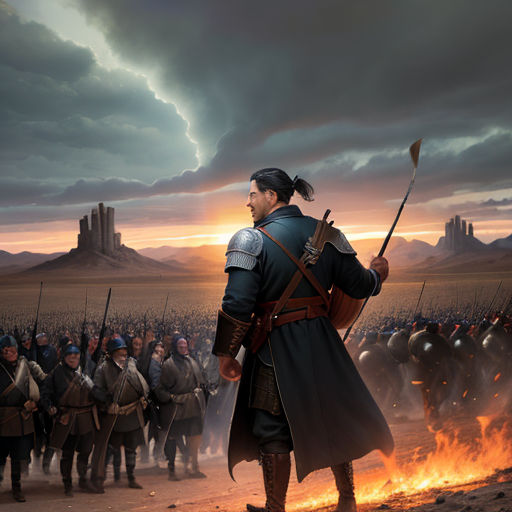
Hidalgo led the rebel army, fighting numerous battles against the Spanish forces. Despite suffering heavy losses, their spirit remained unbroken.
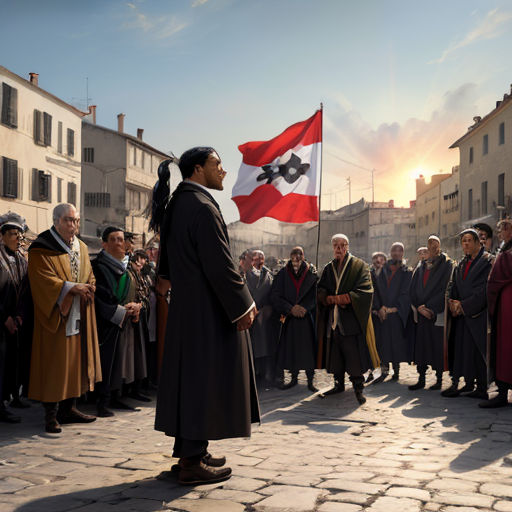
However, in 1811, Hidalgo was captured and executed by the Spanish. His death was a severe blow to the revolution, but it did not extinguish the flame of rebellion.

Leaders like José María Morelos took up Hidalgo's mantle, continuing the fight for independence. The struggle was fierce and bloody, but the revolutionaries never wavered.
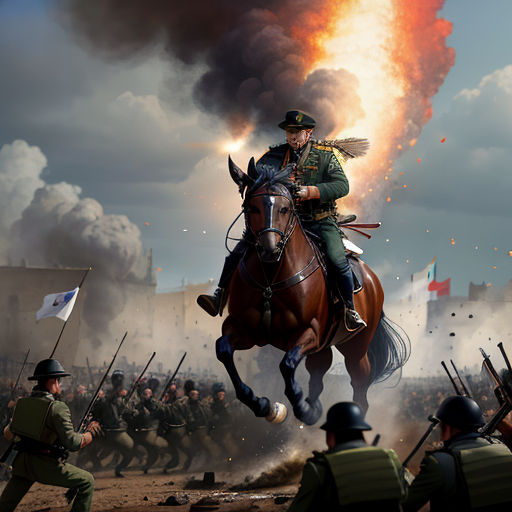
Morelos was a skilled military strategist, leading the insurgent forces to several victories. However, the Spanish Crown was relentless, and in 1815, Morelos was also captured and executed.

Despite the loss of their leaders, the rebels refused to surrender. The fight for independence continued, with different leaders emerging and falling.
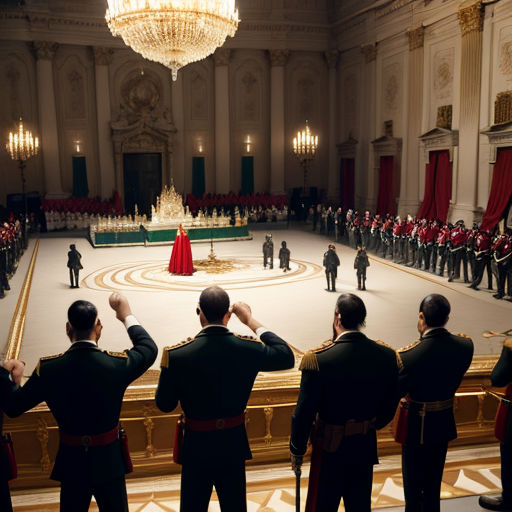
By 1820, the Spanish monarchy was weakened by internal strife and political instability. Seeing an opportunity, the Mexican revolutionaries increased their efforts.

In 1821, after eleven long years of war, the Spanish finally recognized Mexico's independence. It was a momentous occasion, marking the birth of a new nation.
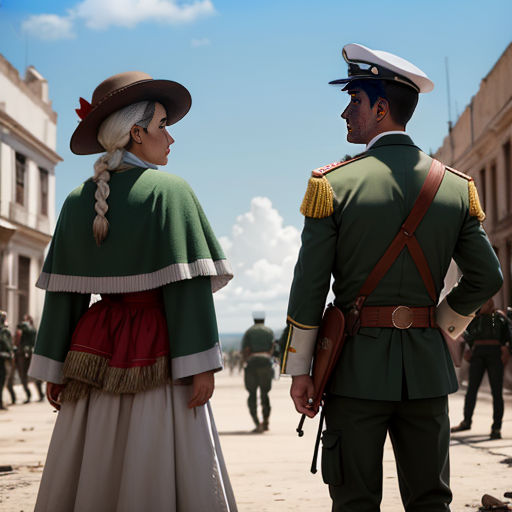
But the battle was far from over. Mexico was left in a state of political and economic turmoil. The newly independent nation had to grapple with the aftermath of the war.

Agustín de Iturbide, a former Spanish royalist who switched sides, declared himself Emperor of Mexico. His reign, however, was short-lived and fraught with corruption.
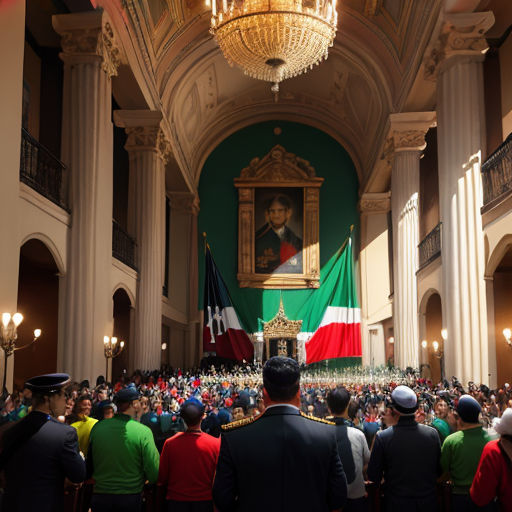
By 1823, Iturbide was overthrown by a republican movement led by Antonio López de Santa Anna. This marked the start of a turbulent era in Mexican history.

Santa Anna's rule saw numerous conflicts, including the Texas Revolution and the Mexican-American War. His policies led to territorial losses and economic instability.
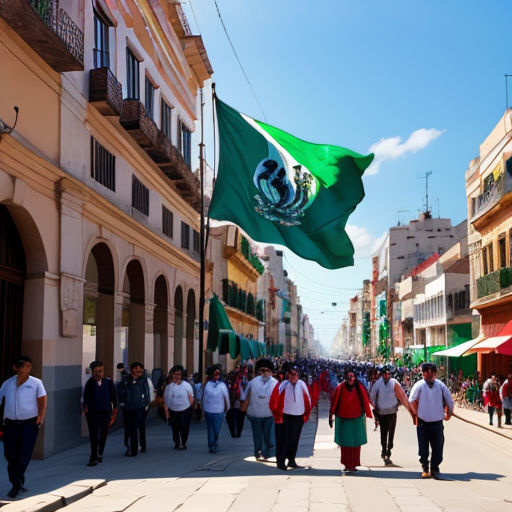
Despite the struggles, Mexico continued to evolve. The Mexican Constitution of 1857 established a democratic republic, setting the stage for the modern Mexican state.
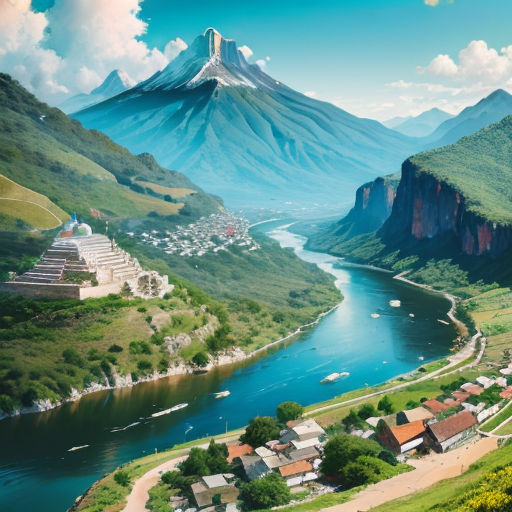
The road to nationhood was fraught with trials and tribulations. But through the sacrifice and determination of its people, Mexico emerged as a resilient and proud nation.
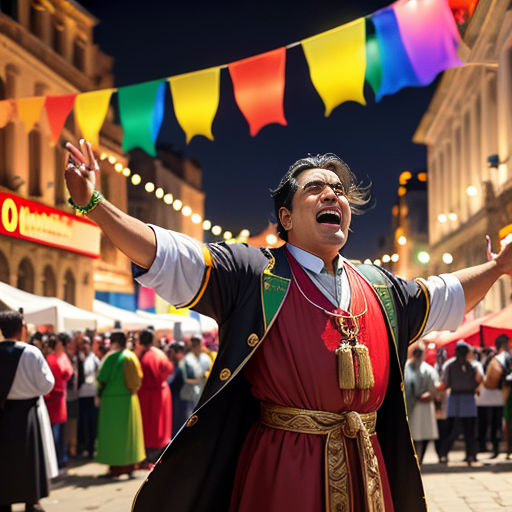
Today, Mexico honors its past, celebrating its independence each year on September 16th. The echoes of Hidalgo's "Grito de Dolores" still reverberate, reminding Mexicans of their hard-fought freedom.

The establishment of Mexico as a nation is more than just a historical event. It is a testament to the indomitable spirit of its people, a story of revolution, sacrifice, and the birth of a nation.
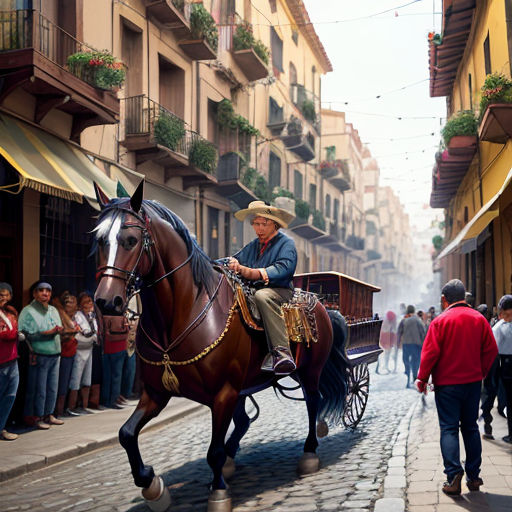
From the cobblestone streets of Dolores where Hidalgo rallied his fellow Mexicans, to the grandeur of Mexico City, the country's journey to independence is etched into every corner.

The legacy of Hidalgo, Morelos, Iturbide, and Santa Anna is a complex tapestry of courage, ambition, and resilience. Their stories serve as a reminder of the cost of freedom.
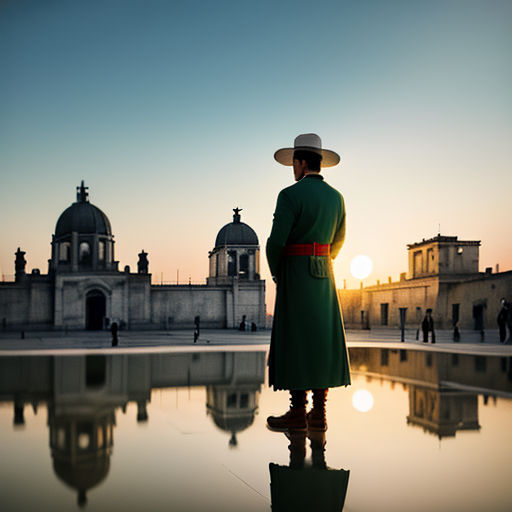
The spirit of the Mexican Revolution lives on in the heart of the nation. It is reflected in the proud heritage, vibrant culture, and enduring resilience of the Mexican people.

As the sun sets over the horizon, casting a warm glow over the land, the echoes of the past merge with the promise of the future. The story of Mexico's birth is a story of hope, a story of a nation.